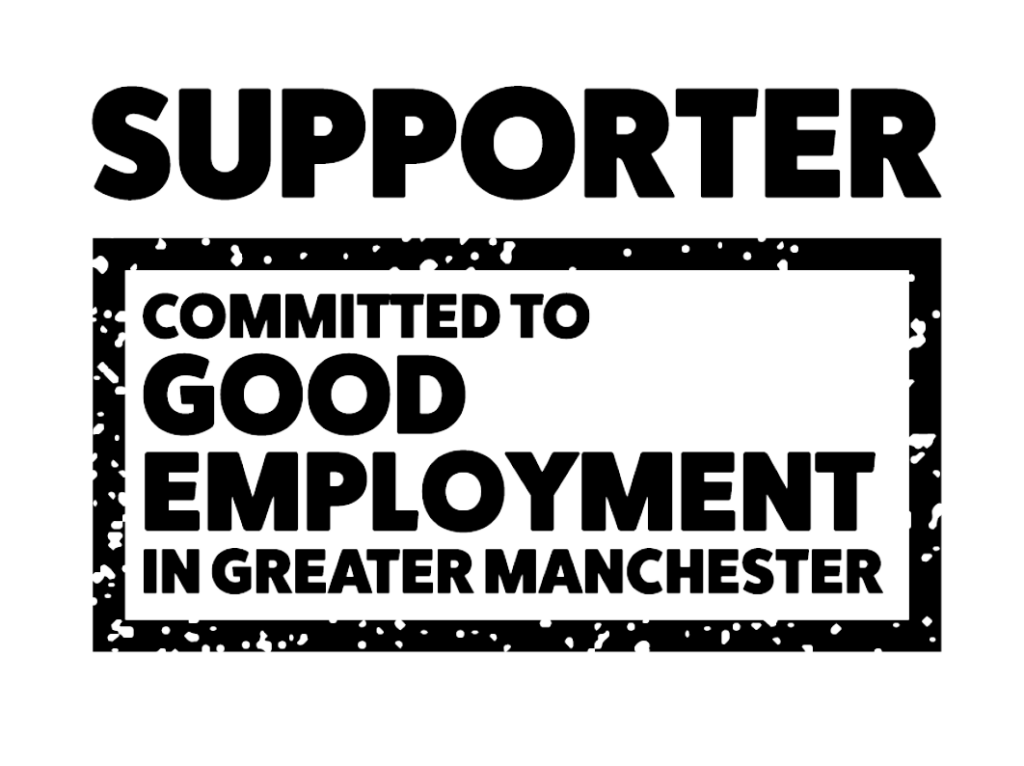Clarity is important. When you have a clear product or service offering, and a solid business plan that guides every aspect of your commercial operations, it makes your business viable. Part of this process will include a strategy to define how you will attract your target audience to the products and services you offer: your marketing strategy.
Your marketing shouldn’t be developed in isolation, it must be rooted in your commercial plans. Whenever you adapt your business strategy, you must review your marketing strategy and vice versa. However, something that many businesses rarely do is to take time to focus truly defining and refining their offering in the first place, let alone review it on a regular basis.
Here we will explore why reviewing your offering and using this clarity to align your marketing with your commercial plans is important for success.
Define and refine your offering
Your offering is ultimately why your business exists for your client base; your products, services and customer experiences. Really drilling down what this is, what you offer, who wants it and why, is a process that can help you with your revenue targets, operations and resources and should be used to build successful marketing campaigns.
What part of your business is most profitable? It might sound obvious but putting your efforts into your most profitable area of your business is all too often overlooked when refining an offering. Profitability is an obvious springboard for all areas of your business, giving you the freedom you might be looking for to expand into other areas. Can you sell more of your most profitable services? Can you sell them differently?
In addition to pure profitability, look at the aspects of your business that you really do well – and that you really enjoy. What do you excel at delivering time after time? What are your star products? What do you truly enjoy doing, making, or providing?
Of course, you need to think about demand. Do your customers want or need your product or service? Consider how, when, and why they want it. All this insight helps you really refine your offering – and communicate it better to your customers.
Perhaps the most in-demand service – or the element you just love to do – isn’t your most profitable element. That’s not to say you have to stop these but without that profit, you could be wasting your energy. There may be a simple solution that can help position these elements in a way that is better for business.
Aligning marketing to your commercial strategy
If your marketing isn’t led by your commercial strategy, you could be limiting its ability to be genuinely successful and could be investing time and resources taking your business in the wrong direction. You may be seeing some positive stats and numbers, but blindly applying marketing tactics is probably not going to get you the best return. Your marketing energy might be being used in the wrong areas – you’re putting loads of effort into the wrong channel, market or message – and getting all the wrong type of enquiries and business. Aligning business and marketing strategies will focus on commercial targets as well as help understand the right tactics to get the kind of customers you need – and accelerate your growth further and faster.
Marketing could, and should support your business growth beyond just bringing in new customers and raising the profile of your brand. Think of your business plans as a whole – things like recruitment, relocation, growth of new systems and processes, developing new products, and conducting market research. Developing your marketing strategy alongside these key objectives can facilitate their success and returns much more quickly. Weaving these objectives into your plans will prevent marketing from being an isolated process. You will avoid it becoming disconnected and losing relevance to your business, and more importantly, you could avoid marketing tactics that actually derail some of your key objectives.
What questions should you ask?
So, what might you need to consider when you’re looking to refine your offer and align your marketing with the needs of your business?
What are your revenue plans and targets?
Understanding the financial projections of your business is key to understanding how to direct both your offer and your marketing. It will tie marketing into the financial goals of your company, helping you resist the temptation to put marketing on the back burner.
What is your most profitable product or service?
Is your marketing strategy chasing an area of your business that isn’t going to reap the rewards you need? Could it be redefined to get more traction in an area of your business that will perform more profitably at a critical time?
Do you know the value of each customer?
Consider who your customer base is now – do you know the average value of your customers or different customer groups? What parts of the brand do they interact most with? Could you open up new and more profitable parts of your business to these customers?
How much do you need to spend to bring on a new customer or keep an existing one?
Answering this question can really help you understand how successful your marketing strategy can be. It is tempting to get as many new faces through the door as possible, but what if that’s actually costing you more than it generates? What if you’re losing existing customers as a result of your pursuit for new ones?
What do you offer that promotes repeat business or purchasing?
Is your offering self-sustaining? Do you offer one-off purchases or things that lead to repeat business? Can you create value by creating an offering that will keep your customers engaged in your output for sustained periods of time?
What are the opportunities to upsell or cross-sell?
Where can you add value to your offering? Are there products or services that customers aren’t aware of? Can you add value and engagement by introducing new aspects of your business to your customers?
What growth plans are in place for the business?
How does your current offering fit with those growth plans? How does your marketing strategy help this process happen? Are you introducing a product? Changes to your supply chain? Do you need to recruit? Your marketing shouldn’t wait for the dust to settle in times of growth and it could be used to facilitate operational growth plans as well as getting in front of the customer.
What communication support might be needed internally?
It’s not always about projecting to your customers. Marketing can assist internal plans and processes, things like recruitment and relocation as we mentioned above. Your marketing strategy should be in line with what’s happening to the people within your business, as well as your external audience.
Can you support strategic relationships or partnerships more effectively?
Can you refine your offering from the perspective of your referrers, strategic partners, suppliers? Can your marketing strategy improve your strategic relationships as well as your relationships with your customers? Marketing builds and showcases great partnerships and strategic relationships are not only excellent PR opportunities, when you get them right, but also could open up a wealth of new customers for you.
Make it a commercial priority
Success is all about giving your marketing strategy the best possible opportunity to be successful for your business and to deliver a return on investment. So many businesses fall into the trap of putting marketing off while they focus on more pressing areas. This is often deemed to be a financially motivated decision, but failing to take marketing seriously could be costly (more about how to build a great relationship between finance and marketing here.)
With a clear, well-understood offering and good synergy between marketing and business strategies you can really get more areas of your business working for you, and accelerate growth in areas that you have defined as important and profitable. You can avoid your marketing strategy becoming redundant or irrelevant, and you can start to unlock more and more opportunities in the areas of your business that really matter to you, your people, and your customers.


